Taking photos outdoors can be an enjoyable and rewarding experience. The best time to take outdoor photos depends on the type of light you want to capture. Early morning and late afternoon are usually the best times for natural lighting. For dramatic sunsets, look for golden hour around one hour before and after sunset. Try to avoid midday when the sun is strongest as this can cause harsh shadows and washed out colors. For night photography, the darker the better.
Always remember to bring extra batteries, memory cards, and a tripod for stability. Have fun capturing your memories!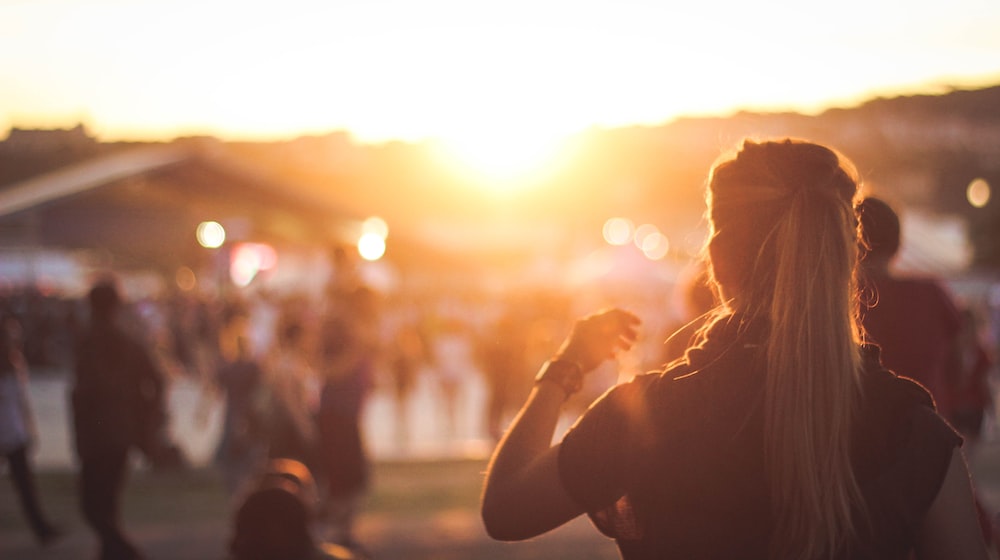
Creating the perfect outdoor photo can be challenging. With the right equipment and technique, however, you can take stunning photos anywhere and anytime. Start by considering the lighting and composition of your shot. Look for interesting angles and use different lenses to capture the scene from different perspectives. Pay attention to the details and use natural elements like trees or rocks as leading lines or frames for your shot. Finally, practice and keep experimenting to find the perfect shot.
Introduction
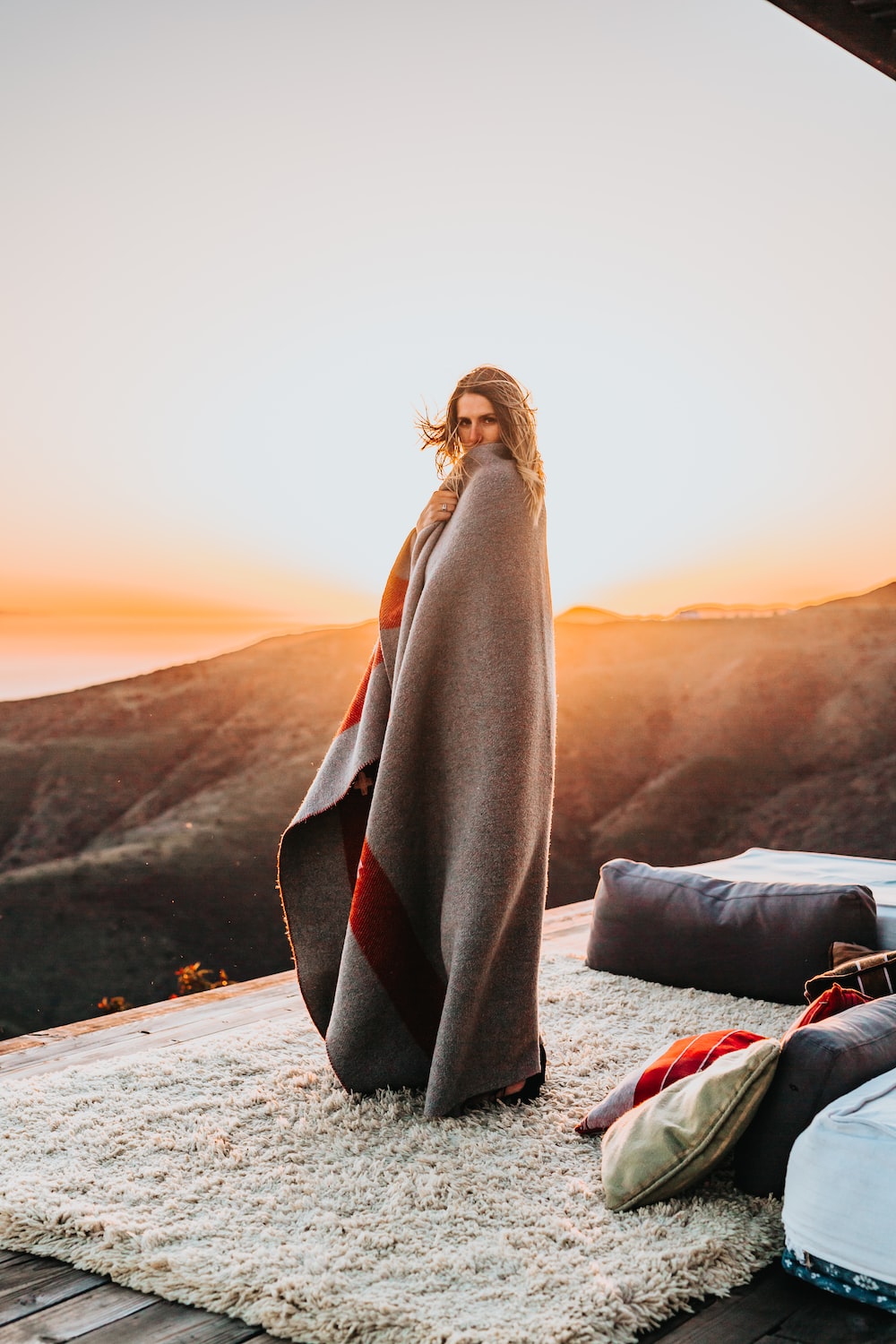
Taking photos outdoors can be an enjoyable and rewarding experience. The best time to take outdoor photos depends on the type of light you want to capture. Early morning and late afternoon are usually the best times for natural lighting. For dramatic sunsets, look for golden hour around one hour before and after sunset. Try to avoid midday when the sun is strongest as this can cause harsh shadows and washed out colors. For night photography, the darker the better.
Always remember to bring extra batteries, memory cards, and a tripod for stability. Have fun capturing your memories!
Lighting Conditions
Lighting conditions are an important factor in creating the right atmosphere. It is important to choose the right intensity of light for a space, as well as the right color temperature. Different types of lighting can be used to create different moods, from bright and cheerful to calming and relaxing. The type of lighting should also be tailored to the task at hand, ensuring that the user has ample illumination for whatever they are doing.
It is also important to remember that lighting can change over time, so it is important to adjust the settings accordingly if necessary.
With the right light, any space can be transformed into a comfortable, inviting atmosphere.
Location Scouting
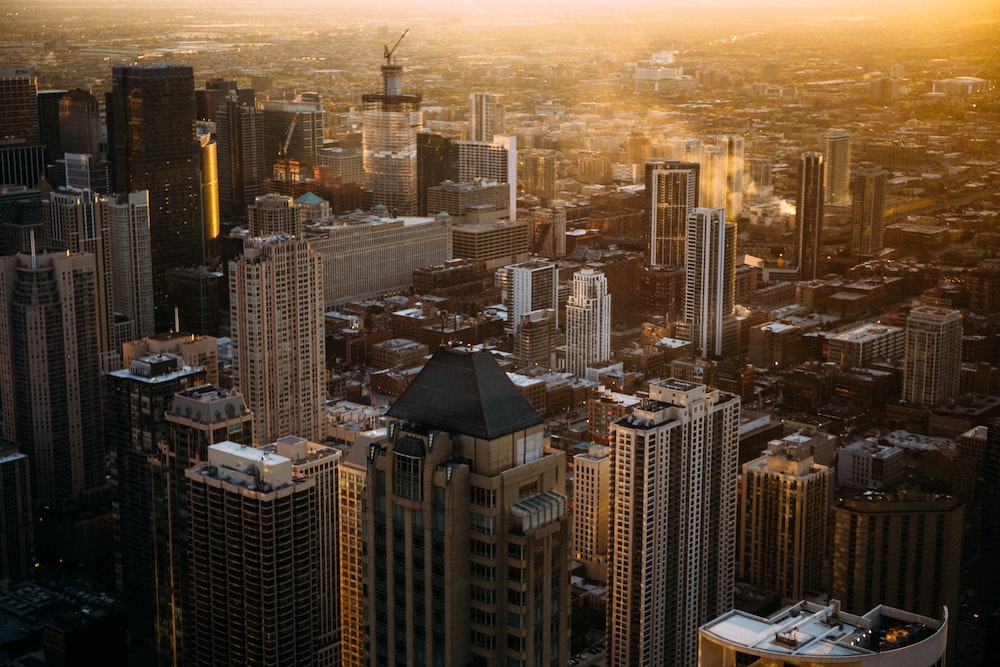 Location scouting is an essential part of any film production. It involves researching and selecting locations that will best capture the desired look and feel of the project. By scouting out the right spots, filmmakers can ensure that the final product meets their creative vision. Location scouting can also help to reduce costs by finding places with lower rental fees.
Location scouting is an essential part of any film production. It involves researching and selecting locations that will best capture the desired look and feel of the project. By scouting out the right spots, filmmakers can ensure that the final product meets their creative vision. Location scouting can also help to reduce costs by finding places with lower rental fees.
Researching potential locations is a time-consuming task, but it is crucial for bringing the script to life. Through careful consideration of factors such as accessibility, budget, and legal requirements, filmmakers can make sure they’re getting the best value for their location scouting.
With the right planning, location scouting can be a rewarding experience that allows filmmakers to bring their vision to life.
Weather Forecasting
Weather forecasting is a critical part of daily life, helping people plan their activities and stay safe. With advances in technology, more accurate predictions can be made regarding temperature, wind speed, precipitation levels, and other factors. Knowing the weather ahead of time helps people decide which clothing to wear, when to go outside, and how to plan trips. Weather forecasting can also help farmers plan their planting and harvesting schedules. Understanding the basics of weather forecasting is important for everyone.
Keeping an eye on the weather can help you make informed decisions and prepare for changes. Stay up to date with weather forecasts, and be prepared for sudden changes so you can stay safe and comfortable.
Shutter Speed and Aperture Settings
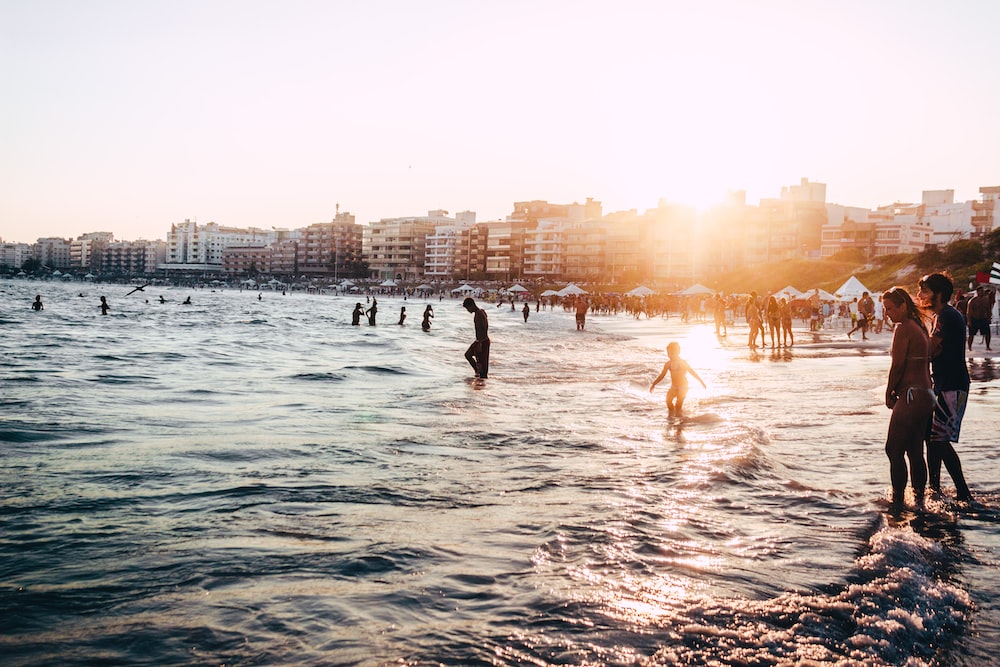
Shutter speed and aperture settings are essential components of photography. The shutter speed determines the amount of time light is allowed to reach the camera sensor. Aperture is the size of the opening that controls the amount of light entering the lens. Together, they create the perfect exposure for any situation. By adjusting these two settings, photographers can capture a wide range of images from fast action shots to dramatic landscapes.
Composition and Framing
Composition and Framing are essential elements of photography. Understanding the rules of composition, such as the rule of thirds and leading lines, can help create visually appealing images. Framing can be used to further emphasize a subject and create depth within an image. By using different angles, perspectives, and textures, photographers can add another layer of interest to their photos.
With careful consideration of composition and framing techniques, photographers can create stunning photos. Knowing how to use these techniques in combination can help create well-balanced, aesthetically pleasing images.
Flash and Artificial Lighting
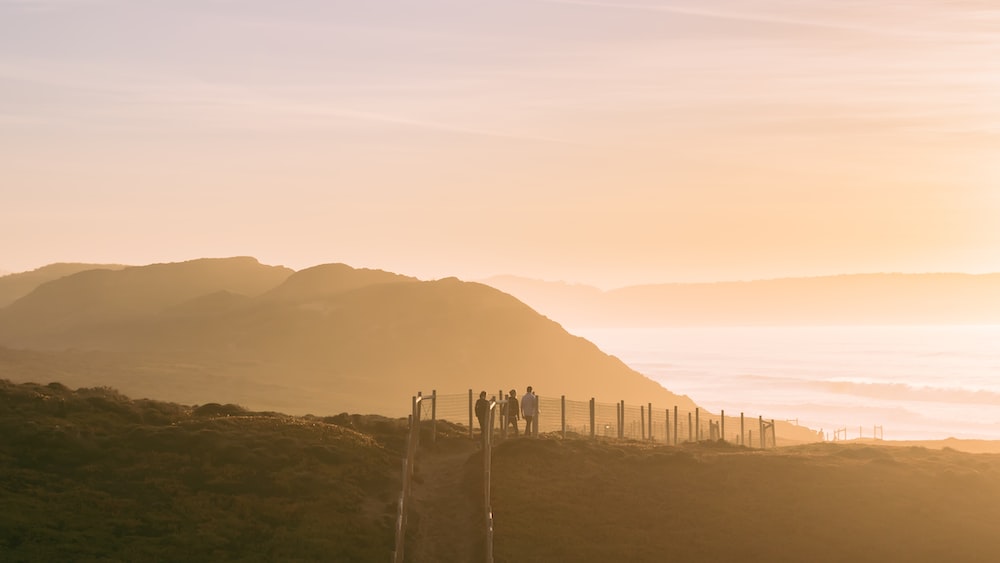 Photography using flash and artificial lighting is a powerful tool for creating stunning images. It can create dramatic effects and bring out the best in a subject or scene. Flash and artificial lighting can be used to control the direction and intensity of light, providing photographers with more creative control over their images. With the right techniques, photographers can use flash and artificial lighting to create stunning images with greater depth and clarity.
Photography using flash and artificial lighting is a powerful tool for creating stunning images. It can create dramatic effects and bring out the best in a subject or scene. Flash and artificial lighting can be used to control the direction and intensity of light, providing photographers with more creative control over their images. With the right techniques, photographers can use flash and artificial lighting to create stunning images with greater depth and clarity.
Using flash and artificial lighting effectively requires an understanding of the physics of light, as well as the principles of photography. Photographers must be able to assess the quality of light and adjust settings accordingly to create the desired effect. It also helps to have a good understanding of the type of equipment available and how to use it to achieve the best results.
Flash and artificial lighting can be used for a variety of applications, from portrait photography to product photography. Whether you’re a beginner or a professional photographer, understanding how to use flash and artificial lighting can help you create beautiful images.
Time of Day for Different Types of Subjects
The time of day can have a huge impact on how successful you are when learning different types of subjects. Depending on the type of subject, it could be beneficial to study in the morning or late at night. It is important to consider the individual’s own preferences and energy levels when deciding when to do their studying. Different activities, like reading or exercising, may require different times throughout the day for optimal results.
Post-Processing
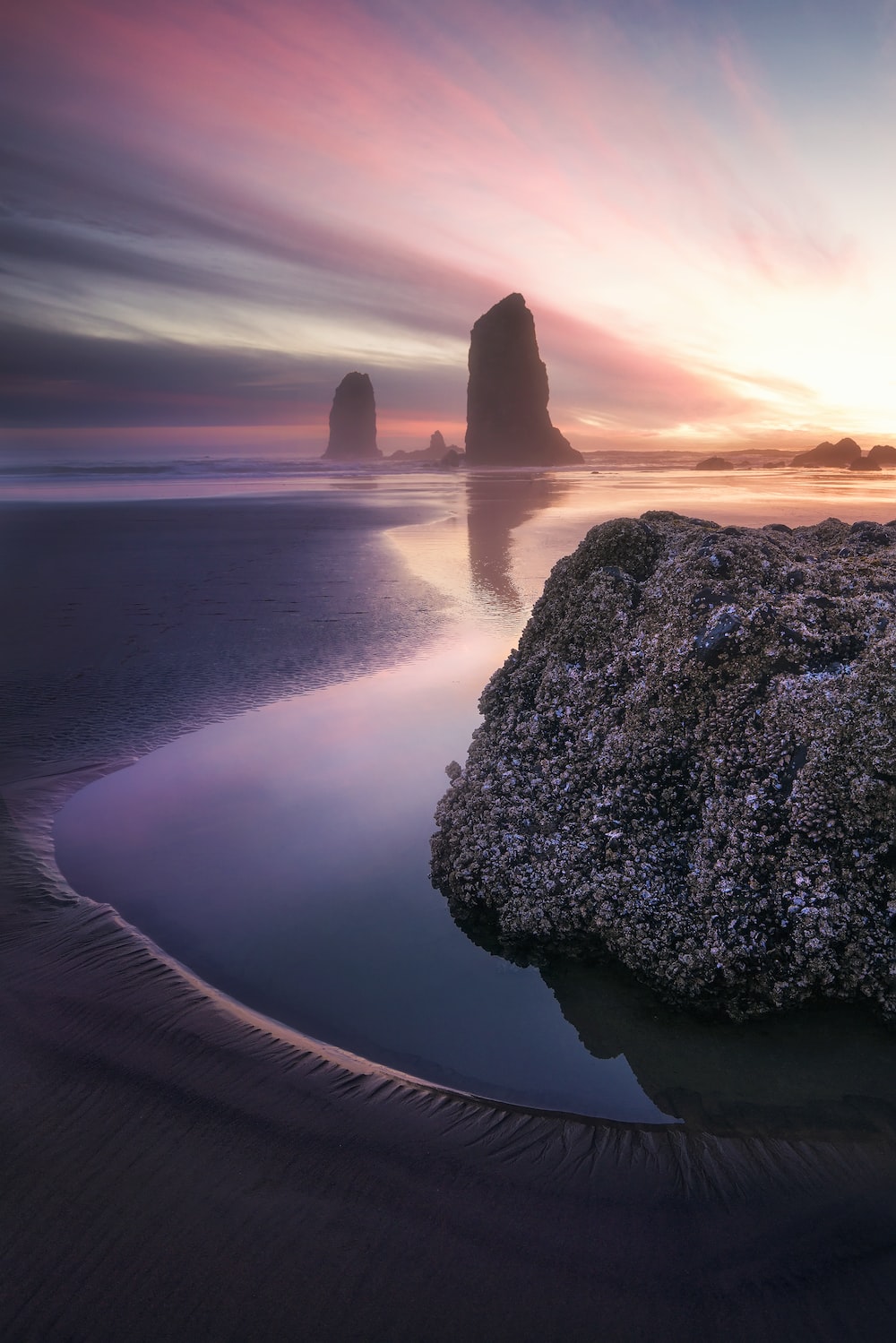 Post-processing is an important part of the workflow for many tasks. It involves refining the output of a task to ensure it is of the highest quality possible. Techniques such as image compression and noise reduction can help improve the results of an image processing task. Similarly, audio editing tools are often used in post-production to enhance the sound of recordings. Post-processing also involves organizing and formatting data for use in other applications.
Post-processing is an important part of the workflow for many tasks. It involves refining the output of a task to ensure it is of the highest quality possible. Techniques such as image compression and noise reduction can help improve the results of an image processing task. Similarly, audio editing tools are often used in post-production to enhance the sound of recordings. Post-processing also involves organizing and formatting data for use in other applications.
By taking the time to properly post-process your results, you can ensure the best possible outcome for your project.
In summary, post-processing is an integral part of many tasks and can help improve the quality of your results.
conclusion
Photography outdoors can be a great way to capture beautiful moments. The best time to take photos outdoors is usually in the early morning or late afternoon when the light is softer and warmer. Avoid taking photos during midday when the light is harsh, as this can cause overexposure and washed out pictures.
To get the best results, experiment with different times of day and angles to find the perfect light for your shots.
Happy shooting!

Some questions with answers
What is the best time of day to take outdoor photos?
The best time of day for outdoor photography is usually during the golden hour, which is the hour after sunrise and the hour before sunset.
What type of light is best for outdoor photography?
The best light for outdoor photography is natural, diffused light during the golden hour, which is the hour after sunrise and the hour before sunset.
What is the ideal light for outdoor photography?
The ideal light for outdoor photography is the golden hour, which is the hour after sunrise and the hour before sunset.
What type of light is best for outdoor photos?
The best light for outdoor photos is natural, diffused light during the golden hour, which is the hour after sunrise and the hour before sunset.
What should I keep in mind when taking outdoor photos?
When taking outdoor photos, you should keep in mind the direction of the light and the time of day as the best light for outdoor photography is usually during the golden hour.
What considerations should I make when taking outdoor photos?
When taking outdoor photos, you should consider the direction of the light and the time of day as the best light for outdoor photography is usually during the golden hour.
What elements should I look for when taking outdoor photos?
When taking outdoor photos, you should look for elements such as the direction of the light, the time of day, and the positioning of the sun as the best light for outdoor photography is usually during the golden hour.
What should I consider when taking outdoor photos?
When taking outdoor photos, you should consider the direction of the light, the time of day, the positioning of the sun, and the weather conditions as the best light for outdoor photography is usually during the golden hour.
What conditions will give me the best outdoor photos?
The best conditions for outdoor photos are during the golden hour, which is the hour after sunrise and the hour before sunset, when the light is natural, diffused, and directional.
What is the best time to take outdoor photos?
The best time to take outdoor photos is during the golden hour, which is the hour after sunrise and the hour before sunset.
